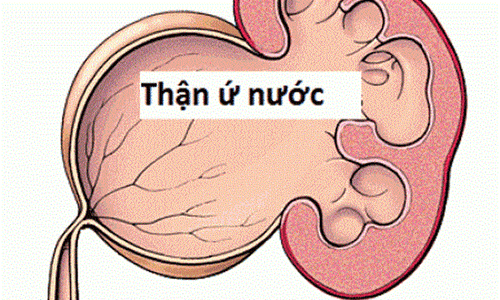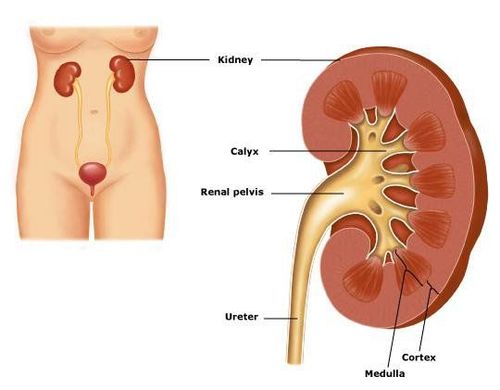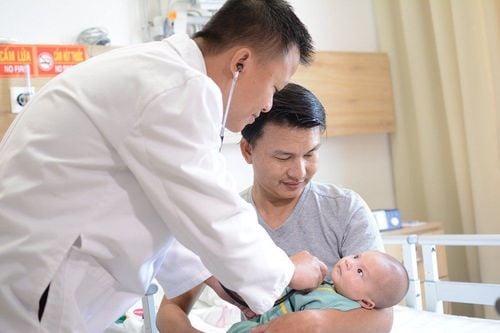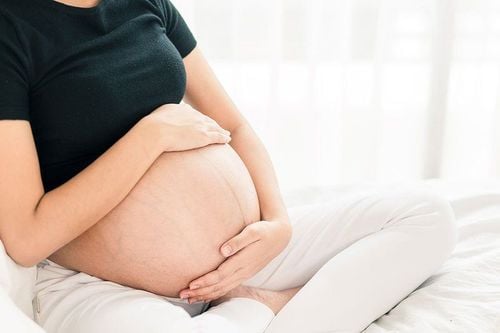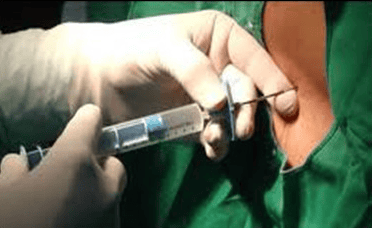This is an automatically translated article.
Causes of narrowing of the pyelonephritis junction may be due to anatomical or functional obstruction of the junction obstructing the flow of urine from the renal pelvis to the ureter, leading to hydronephrosis. To improve this situation, doctors will use laparoscopic surgery to shape the renal pelvis and ureter to restore the narrow junction to help urine flow normally to avoid the risk of affecting the kidneys.
1. Overview of narrowing of the pyelonephritis - ureter
Pelvic-ureteral junction stenosis is a blockage in the pelvis of the kidney. The pelvis of the kidney is located at the upper end of each ureter (the tube that carries urine from the kidney to the bladder). The renal pelvis is shaped like a funnel to collect urine. Under normal circumstances, each kidney will have a ureter.
The kidneys filter the blood of waste and excess water creating urine. Urine is collected at the pyelonephritis-ureteral junction and then flows down the ureter into the bladder. In case of narrowing of the pyelonephritis-ureteral junction, urine flow will be slowed or stopped altogether. This increases the risk of kidney damage. In all cases of ureteropelvic junction stenosis, only one kidney was affected.
Most obstructions that cause narrowing of the pyelonephritis junction are present at birth. This is a sign that the structure of the ureters or kidneys is not forming correctly while the fetus is developing. Several different obstructions can be present at birth including:
The ureteral opening is too narrow. There is an error in the number or arrangement of the small muscle cells in the ureter. These cells are responsible for muscle contractions that push urine from the kidneys into the bladder. Abnormal folds in the wall of the ureter that can act as valves. Torsion can form along the ureteral line The ureter connects to the renal pelvis at a too high position creating an abnormal angle between the ureter and the kidney There is an abnormal blood vessel that can press or distort the pyelonephritis- ureters. Symptoms of pyelonephritis are common such as urinary tract infection with fever, abdominal or back pain after drinking water, kidney stones, blood in the urine...
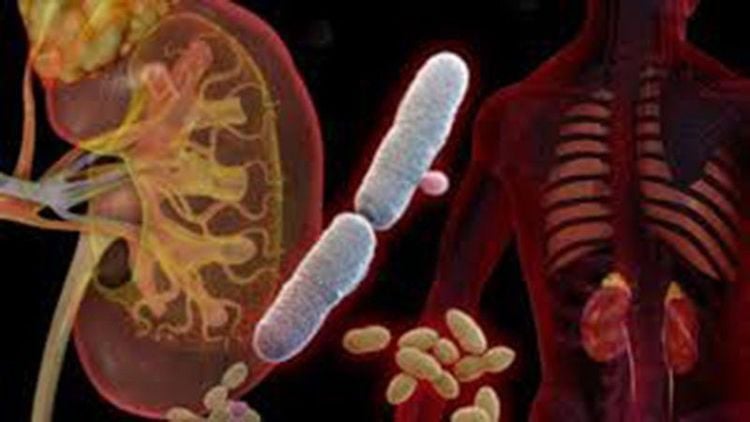
Hẹp khúc nối bể thận - niệu quản có thể gây ra nhiễm trùng đường tiết niệu
In neonates with ureteropelvic junction stenosis, it may improve spontaneously within the first 18 months of life. If urine flow does not improve and the blockage remains after 18 months, surgery is needed to correct the condition.
2. Laparoscopic surgery to create narrow pyelonephritis-ureteral junction
To perform this surgery, the doctor will perform a clinical examination to give an indication to proceed. Indicated cases to perform this surgical method are congenital pyelonephritis with symptoms of hydronephrosis, pyelonephritis junction stenosis with complications of hydronephrosis.
Patients are checked for indicators before participating in surgery. Intravenous urography, computed tomography and tests to evaluate kidney function. It is important for the patient to have any urinary tract infection or systemic illness cleared up before surgery.
Before each surgery, in addition to preparing the patient, equipment, operating room, and surgeon, the preparation of records is extremely important. It includes: minutes of consultation, minutes of surgery approval, medical record, pre-anesthesia and written commitment of the patient's family.
2.1. Laparoscopic procedure to create pyelonephritis-ureteral junction The patient was under endotracheal anesthesia. After that, the position is adjusted appropriately to proceed to locate the trocar. 3 trocars will be inserted into the retroperitoneal space. At this time, the surgeon will use the lumbar iliac muscle as a landmark to dissect the ureter and dissect the ureter up to the renal pelvis. Simultaneously dissect both the anterior and posterior surfaces of the renal pelvis, the junction, the lower pole of the kidney. Next, the renal pelvis and ureter will be created, then the endotracheal tube will be placed with a catheter and sutured the pyelonephritis-endotracheal tube.

Bệnh nhân được điều chỉnh tư thế đặt trocar phù hợp nhất (Hình ảnh minh họa)
2.2. Postoperative follow-up and management of complications After pyelonephritis-ureteroplasty surgery to treat strictures of the pyelonephritis-ureteral junction, the patient will be monitored for peritoneal tear not. If this happens, the body is due to the suture process is not up to standard. To fix it, the surgeon can sew up or use an endoscopic organ removal tool to expand the surgical field. Besides, it is also necessary to monitor the patient for vascular damage. This condition can be caused by surgery. Therefore, during surgery, it is necessary to carefully dissect, clearly define anatomical landmarks, and calmly handle if necessary, switch to open surgery.
Laparoscopic surgery to narrow the pyelonephritis-ureteral junction may have complications such as urinary leakage after surgery (reposition of the ureteral catheter) or urinary tract infection (treatment with antibiotics). Endoscopic stenosis of the pyelonephritis-ureteral junction can leave complications after surgery, so patients need to choose a hospital with good expertise that can examine and treat, and at the same time can treat. manage complications immediately, avoiding later effects.
Vinmec International General Hospital is the address for examination, treatment, prevention, screening and screening of urological diseases, bringing good results to satisfy many customers. With a team of qualified, well-trained doctors and medical services, it will minimize complications during and after surgical treatment.
To register for medical examination and treatment at Vinmec International General Hospital, you can contact Vinmec Health System nationwide, or register online HERE.
Reference source: my.clevelandclinic.org





